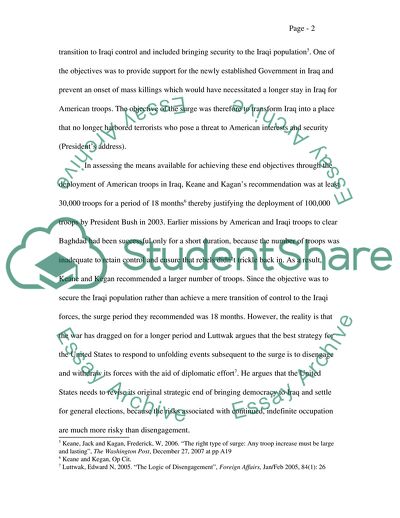Cite this document
(Aspects of the Current American Surge Strategy for Iraq Coursework, n.d.)
Aspects of the Current American Surge Strategy for Iraq Coursework. https://studentshare.org/politics/1710484-evaluate-the-current-american-surge-strategy-for-iraq
Aspects of the Current American Surge Strategy for Iraq Coursework. https://studentshare.org/politics/1710484-evaluate-the-current-american-surge-strategy-for-iraq
(Aspects of the Current American Surge Strategy for Iraq Coursework)
Aspects of the Current American Surge Strategy for Iraq Coursework. https://studentshare.org/politics/1710484-evaluate-the-current-american-surge-strategy-for-iraq.
Aspects of the Current American Surge Strategy for Iraq Coursework. https://studentshare.org/politics/1710484-evaluate-the-current-american-surge-strategy-for-iraq.
“Aspects of the Current American Surge Strategy for Iraq Coursework”. https://studentshare.org/politics/1710484-evaluate-the-current-american-surge-strategy-for-iraq.


